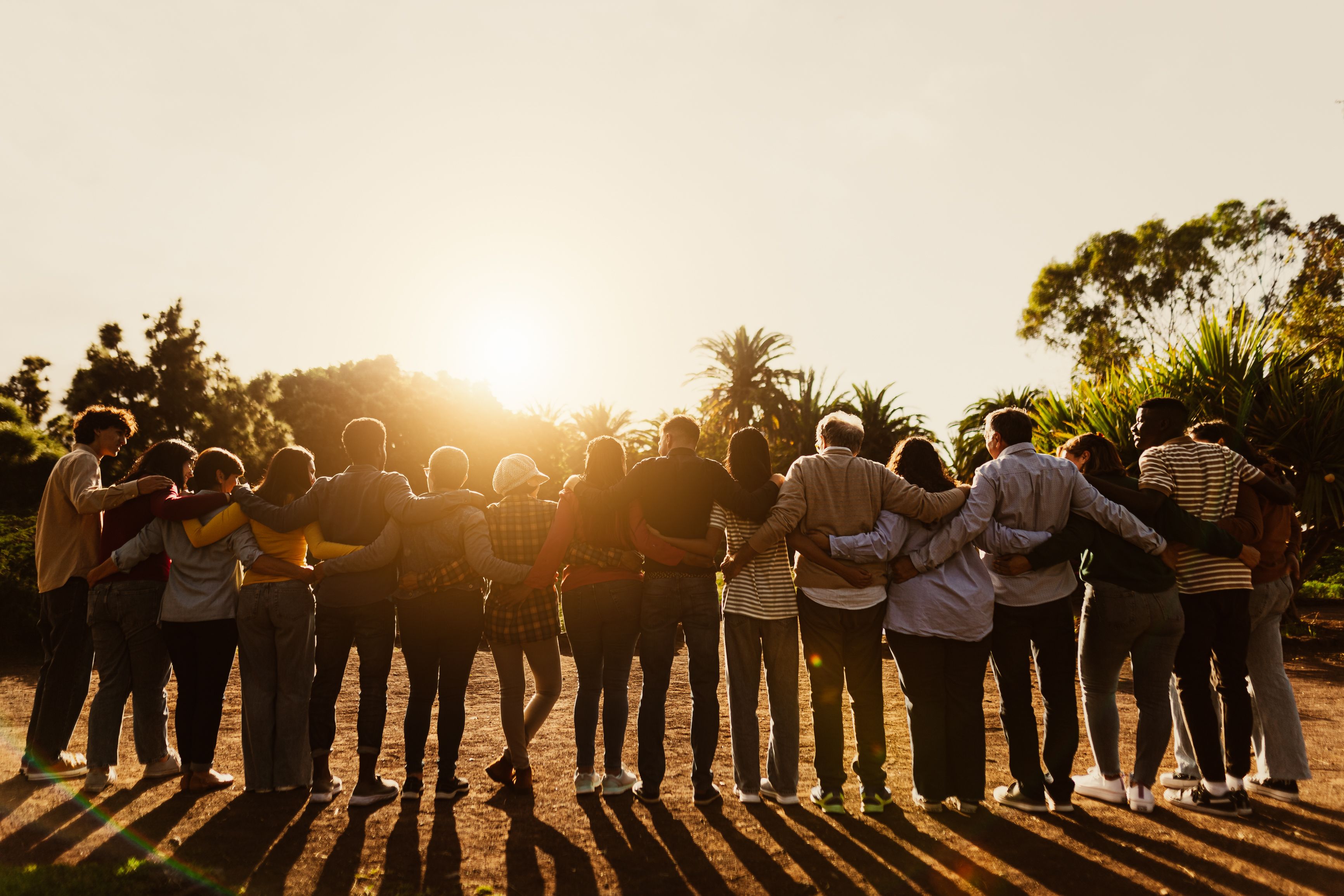AGENCY OPS LEADERS
Nine takeaways from our summer editorial roundtable with ops leaders from 13 top experiential agencies

Costs have peaked, deadlines are tight and freelancers are backing up agency operations teams that are busier than they ever have been.
Sustainability is still expensive, pre-contract ops “advancement” is the name of the logistics game—and a quality brand ambassador is still a luxury budget item worth paying for.
Those, my friends, are just a few of the broad strokes from our summer Agency Ops Leaders roundtable series, in-person conversations convened with the heads of operations and production from more than a dozen top experiential agencies.
A part of our new Agency Ops content series—coproduced with leading outdoor structural partner Highmark Outdoor—the roundtables were convened to shine the light on the critical operations teams and functions that make so much of the experiential magic happen on the frontlines. The ops teams powering this industry have always lived a bit in the shadows and trenches, but they’re definitely getting seats at the tables—with both clients who are finally understanding costs and deadlines and their own internal agency departments who are realizing that in the end, it is ultimately ops that gives an event program the greenlight.
Nine takeaways from the summer conversations every event marketer should know about, whether you’re on the ops team or not.
ROUNDTABLE PARTICIPANTS:
• MATT ANDREWS, COHOST/SVP, HIGHMARK OUTDOOR
• CATHRYN CARDILLO, VP-EVENTS, HORIZON SPORTS & EXPERIENCES
• MARK DRIGGS, HEAD OF OPERATIONS, LEGACY MARKETING
• NIKI EWAYS, GROUP PRODUCTION DIRECTOR, CREATIVE RIFF
• COLIN FAUL, VP-PRODUCTION, AGENCY EA
• JANNA FERNER BELL, VP OF PRODUCTION-BRAND EXPERIENCE, ALLIED GLOBAL MARKETING
• BRAD FOGLE, EXECUTIVE PRODUCER, PRODUCE
• BRYAN GLIBOWSKI, GROUP PRODUCTION MANAGER, ENGAGE & RESONATE
• JILL GOLDFARB, DIRECTOR-PRODUCTION, ENGINE SHOP
• JUSTIN HAYES, GROUP ACCOUNT DIRECTOR, INTERSPORT
• SCOTT KNUEPPEL, VP-PRODUCTION, GMR MARKETING
• ELIZABETH LITSCH, OPERATIONS MANAGER, BLACKHOUSE
• JUSTINE ROWLAND, SENIOR EXECUTIVE PRODUCER, ALL TERRAIN
• ALEX STEIN, SENIOR VP-ACCOUNT MANAGEMENT, CARTWHEEL & CO.

1. OPERATIONS TEAMS HAVE FIRMER SEATS AT THE TABLE(S)
There was a time not too long ago when operations teams were the last to hear about an event program, sometimes told after their agency had already responded to an RFP. No more. Today’s ops teams have a seat at not only their own agency’s planning table but, more and more, are spending as much time with clients as account teams—explaining costs, education on efficiencies and, honestly, saying what is budgetarily possible… and what’s not.
JILL GOLDFARB, ENGINE SHOP. Operations departments are definitely wearing more hats than ever and have become a bit more ‘hybrid’—part account executive, part producer, part designer. We’re balancing a lot of roles internally and are more balanced externally between freelance talent and our national team.
MARK DRIGGS, LEGACY MARKETING. And we're embedding operations in more [non-ops] team meetings—so there’s built-in communication, transparency and collaboration—so no team can go out and promise something to a client that ops can't deliver on-time, on-budget … or at all.
BRYAN GLIBOWSKI, ENGAGE & RESONATE. The ops function at agencies has changed since Covid. We're more in the forefront now, as opposed to being primarily back-of-house, so to speak. When a project comes in, it is ops that may bring together the entire team to formulate the go-forward executional strategy—creative, production, digital, accounts—and together we all build the work-back schedule.
NIKI EWAYS, CREATIVE RIFF. We’re building an ops team across multiple time zones as much as possible and not relying on [traditional] bi-coastal teams where you can lose overall time, lose time talking to vendors, lose time talking to the client. We have a core team and we flex with freelance in a way that gives us control—but we make sure our freelancers have some autonomy to just ‘go with it’.
ELIZABETH LITSCH, BLACKHOUSE. Being a smaller agency often helps move things along. Sometimes there are fewer conversations with fewer people—one person at the agency is wearing multiple hats so conversations don’t have to bounce from accounts to production to creative.

2. HARD COSTS HAVE (MOSTLY) PEAKED
Post-pandemic cost pandemonium has cooled, allowing clients to wrap to breathe a little bit easier with their budgets and operations team to get back to trying to do more for less—or at least more for not more. Agency ops team agree that 2022 and 2023 material cost increases have leveled off in 2024, allowing for more design, build and scale to come back into play for 2025.
COLIN FAUL, AGENCY EA. There was definitely sticker shock in 2022 and 2023. But generally, clients now understand the ‘new normal’ of costs. Certain rates go up each year and there's always going to be a percentage increase [in some areas]. So a big part of our dialogue is training clients to build in percentage increase buffers into their budgets.
MARK DRIGGS, LEGACY MARKETING. Costs have gone up—but it’s been socialized enough that clients now get it. Sometimes cost increases force us to cut back on, say, the number of events, or the number of hours at events. But whether costs are up or down, the need for budgets to be fully defined and everybody to be honest and transparent about costs is critical.
JUSTIN HAYES, INTERSPORT. There's been some inflation impact—and I think back to when lumber and materials were ridiculously high there for a year—but cost increases have leveled off, allowing us to deliver more innovative solutions without significant impact to client budgets.
MATT ANDREWS, HIGHMARK OUTDOOR. As a builder who provides outdoor structures to so many top event agencies, we are probably the closest to those material costs of anybody in the room. For us, everything we build for our agency clients is with steel and aluminum and I can tell you those costs have certainly gone down.
ELIZABETH LITSCH, BLACKHOUSE. To the question of whether costs are coming down—the answer is yes and no. Costs are leveling off. We hit the peak and things are staying steady. But it’s important to call out that even though costs may be on the downtick, turnaround timelines can trigger an uptick. After all, they’re called rush fees for a reason.
JANNA FERNER BELL, ALLIED GLOBAL MARKETING. Which is why educating the client on why ‘this costs this’ is becoming more important than ever. Even things like why we need four PAs on site—walking clients through the reasons behind the costs and educating them goes a long way.
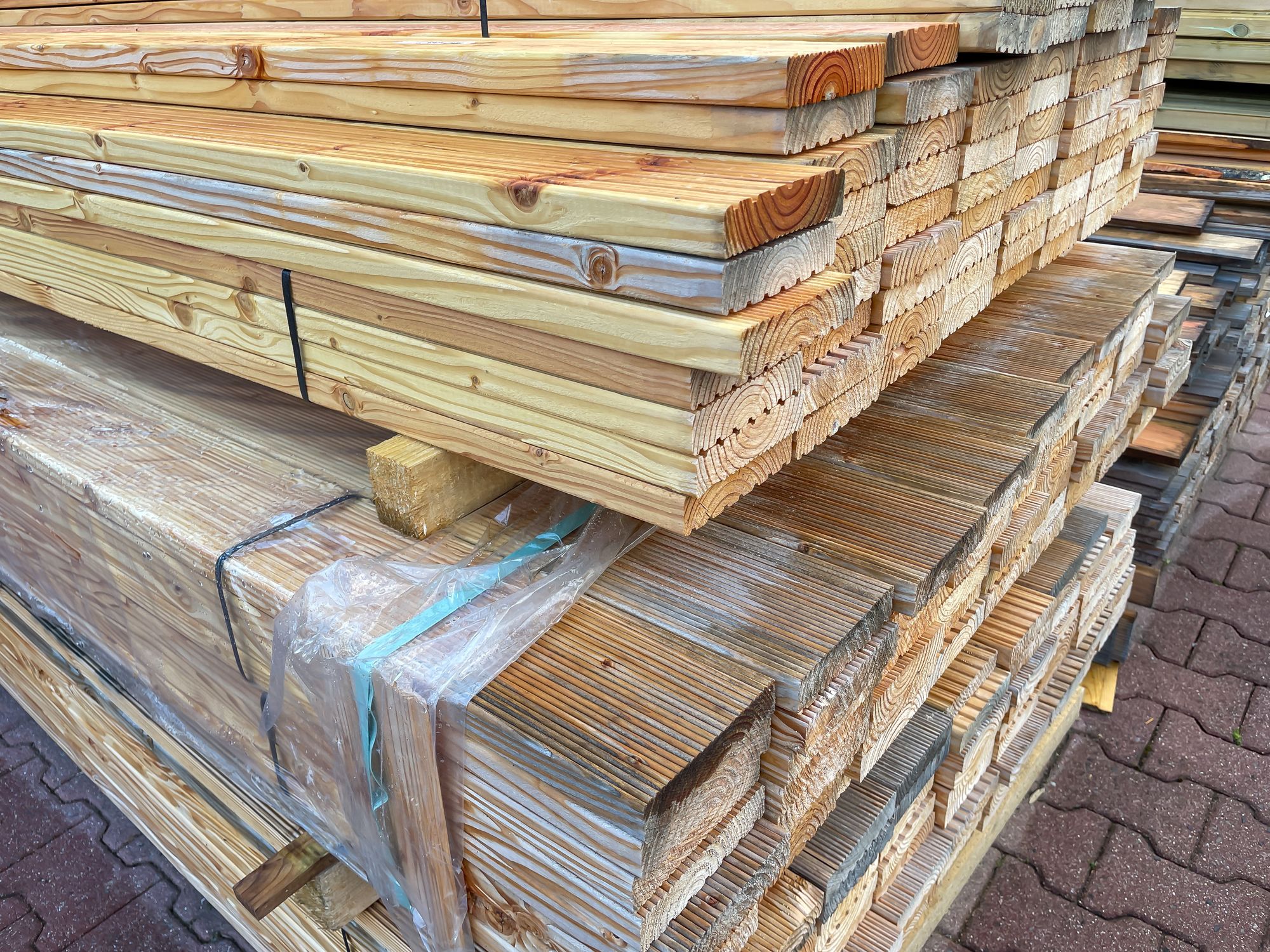
3. SHRINKING TURNAROUNDS DRIVE CLIENT EDUCATION & SMARTER PRE-WORK
Even if clients give ops teams increased budgets, they don’t seem to be giving them any more time. As have been for more than a decade, deadlines that can’t seemingly get any tighter are getting tighter. Agency ops teams are, more and more, beginning to “advance” programs behind the scenes on anything that can be moved ahead without a signed contract—anything that can be done today to save time later. And many say they are spending more time with clients, explaining the delicate relationship between deadlines and costs.
BRAD FOGLE, PRODUCE. I've been doing this for 18 years and it is always breakneck speed. It's always last-minute. You never get it when you need it. If you get six weeks to plan for an event or one week to load in, it will change to four weeks and five days—it’s always relatively head-spinning.
JANNA FERNER BELL, ALLIED GLOBAL MARKETING. Timelines are certainly getting VERY short. We had a pitch today for an event happening in four weeks and the client won’t award it for two. So we'll end up having two weeks to deliver. The timelines have gotten so short that we have to be more reactive than we ever have been.
CATHRYN CARDILLO, HORIZON SPORTS & EXPERIENCES. But as timelines get shorter we’re more comfortable refining a client's wish to something that's realistic. We're never going to compromise the quality of a deliverable just to get something done in a week, so we’re having conversations with clients that focus on ‘you're not going to get the quality or the results or the impact that you need if we rush this, but here's what we can do.’
ALEX STEIN, CARTWHEEL & CO. Agreed. We are at a tipping point on deadlines. [Our agency] does a lot of work with entertainment brands. There isn’t planning at the top of the year—you wait for the show to get shot, for it to go through marketing, for the marketing team to build a brief, for the talent to be booked through junkets and pr. And then for them to say, ‘we're going to spend this amount against an experiential activation’ and go. And there's usually eight weeks from RFP to activation, max.
SCOTT KNUEPPEL, GMR MARKETING. Which is why planning in advance is becoming even more important and why we have to get ahead of the work—even before a program is given the greenlight for approval, I'm already pushing the team to advance everything as far as they possibly can without a contract.
JUSTIN HAYES, INTERSPORT. That’s the key. I don't want to spend any money before a full client approval, but we have to get ahead if we think a program is going to happen—so we push forward with logistics and we have vendors get contracts ready, getting everything that needs to be ready in place. Once we get the client approval, the administrative work is finalized and we are ready to execute.
JUSTINE ROWLAND, ALL TERRAIN. Which is why it’s important to have open and frank conversations with the vendors about where conversations are with the client—to make sure if a program is trending towards actually happening, or if we're just feeling out an idea and seeing what the budget's going to look like, or seeing if the client can even get the spend. We want to make sure that we are not asking partners to start doing things too early. But we need to tee everything up so that as soon as we get the okay, as Justin was saying, we’re ready to sign the contract and roll.
COLIN FAUL, AGENCY EA. Something that had a six-month timeframe is now two to three months. We have to be flexible, agile and transparent with vendors. But also with our clients, explaining “this is your deadline’ and then ‘this is your critical deadline’ and ‘this is when it's not happening anymore.” But sure, we've said to a couple clients, “if you don't say yes today, these vendors are all pulling out” when it's gotten that tight.
NIKI EWAYS, CREATIVE RIFF. We're putting a number of our vendors into Master Service Agreements so that we can lean on them in these types of circumstances—in a way that really makes them partners.
JILL GOLDFARB, ENGINE SHOP. I will say that with the maturity of the experiential industry, clients have a better understanding of how long programs take to execute. Many have more trust in their agency production teams specifically and defer to us on what can and cannot be done and how. We'll say no when the timeframe will compromise the work—it's great to hear that everybody in the room is managing expectations with brand clients.
MATT ANDREWS, HIGHMARK OUTDOOR. We’re very open with our agency clients—we’ll say ‘we have to get things signed in two weeks or we just can't do it’ and I think most agencies appreciate the honestly. Sometimes it gives you guys the ammunition with the client to get them to move.
JILL GOLDFARB, ENGINE SHOP. It does. We're not making financial commitments until we have a signed scope of work to protect ourselves and our partners. So we get as far as we can to set ourselves up for success. We're having conversations with vendors, we're having conversations with the team. As soon as that budget is signed, everyone knows what needs to get done. So we're going decently far down the road and decently far down in good faith with partners, but we're not making any commitments that could be harmful to anyone.

4. SUSTAINABLE EVENTS: TOO RICH FOR MANY CLIENTS
And while many a brand client will say sustainability is a top priority for events in 2025, their operations teams says eco-friendliness is still more aspirational… than practical. The sheer costs of a sustainable brand experience remain tough for client budgets to absorb, so ops managers are adopting “sustainability best practices” where they can.
JANNA FERNER BELL, ALLIED GLOBAL MARKETING. Honestly, most clients don't want to spend the money once we tell them what it's going to cost to create something sustainable. So with that said, we’re trying to be environment mindful— less bottles, more cups, etc. But when we price out true sustainability, most clients will say, ‘yeah, okay, thanks. Good to know, good to know.’ And that's it.
COLIN FAUL, AGENCY EA. We’re looking at carbon offsets, and food and beverage is a big part—sourcing food from local markets, having post-event [food] donations in place. And we’re making sure that these things are not only in front of the client but also being communicated to the event attendees.
SCOTT KNUEPPEL, GMR MARKETING. Clients are looking for us to be the guide on how to be sustainable and what they should do. So, we talk about renting instead of building and planning with the end-use in mind.
MATT ANDREWS, HIGHMARK OUTDOOR. We’re asked about sustainability. For us at Highmark, we use steel and aluminum, which are the most recycled materials on the planet. And we are a 100-percent rent-or-lease partner—our outdoor structures are like Legos; it goes together and comes back apart. So it's kind of built into our DNA to reuse, recycle, repurpose, reconfigure.
CATHRYN CARDILLO, HORIZON SPORTS & EXPERIENCES. I’ll say that looking ahead, the sustainability conversation may come less from clients in an RFP ask and more from the agencies wanting to open those clients’ minds to something important. Not pushing it by any means—but more often than not, the consideration for sustainable materials in a build or even just accessibility of our footprint at certain locations, that comes from our side.
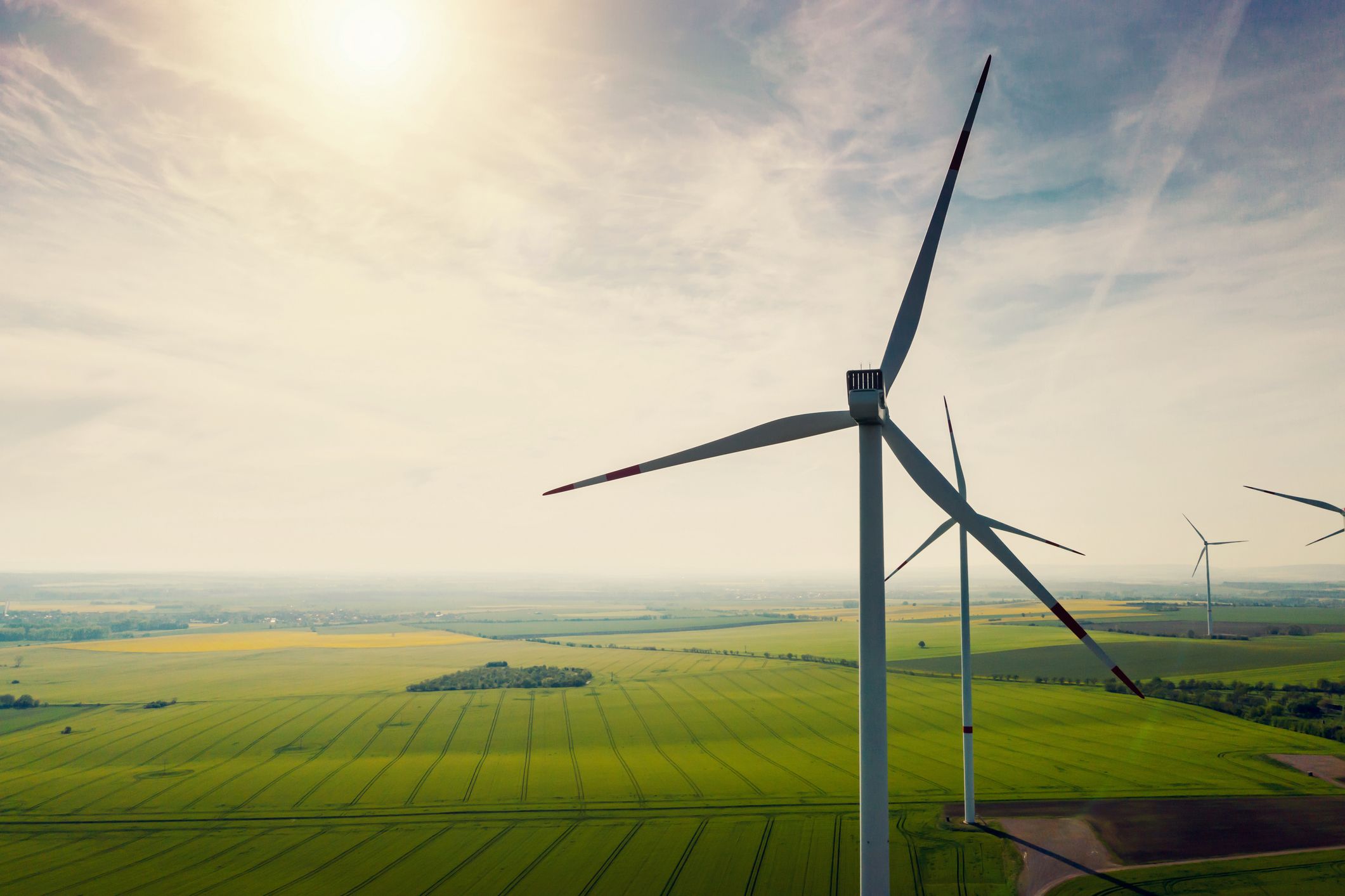
5. FREELANCER SUPPLY IS WAY UP—BUT SO IS AGENCY DEMAND
Operations teams have always leaned heavily on freelancers in the field—recruited when programs get signed and then released after they end. But the freelance pool is going through an operational renaissance, so to speak. Many agency professionals who left (or were let go from) agencies during Covid became freelancers and don’t want to come back to full-time work. And with the number of event agencies surging, there too much demand for even the larger post-pandemic freelance pool.
ALEX STEIN, CARTWHEEL & CO. A lot of people in this industry have decided to just live a different lifestyle and go freelance. There's a lot of quality freelancers out there. But there are more agencies now and client demand for events is up. So big supply, even bigger demand—so it’s become more competitive to get freelancers. But I rarely find we're trying to outbid another agency for somebody’s time. It's more about them being booked by another agency before we reach out.
NIKI EWAYS, CREATIVE RIFF. I think the senior freelancers want to stay freelance. They've secured their position in being able to book out very far. And I'm fine freelancing out senior people when I can't afford them full time. But there are definitely junior mid-level freelancers looking for a full-time job that have great operations experience as freelancers and could be great full-time members of the team.
CATHRYN CARDILLO, HORIZON SPORTS & EXPERIENCES. It's definitely competitive [to lock in freelancers], there's no doubt about it. But this is another instance where you need to build a network. I have not really run into issues where maybe my first choice wasn't available and I can’t get my second choice.
JANNA FERNER BELL, ALLIED GLOBAL MARKETING. We always hope our teams are going to grow but in the end our model is to rely very heavily on the freelancers we trust—and if all my go-tos are booked then I can find somebody else by using my own trusted network.
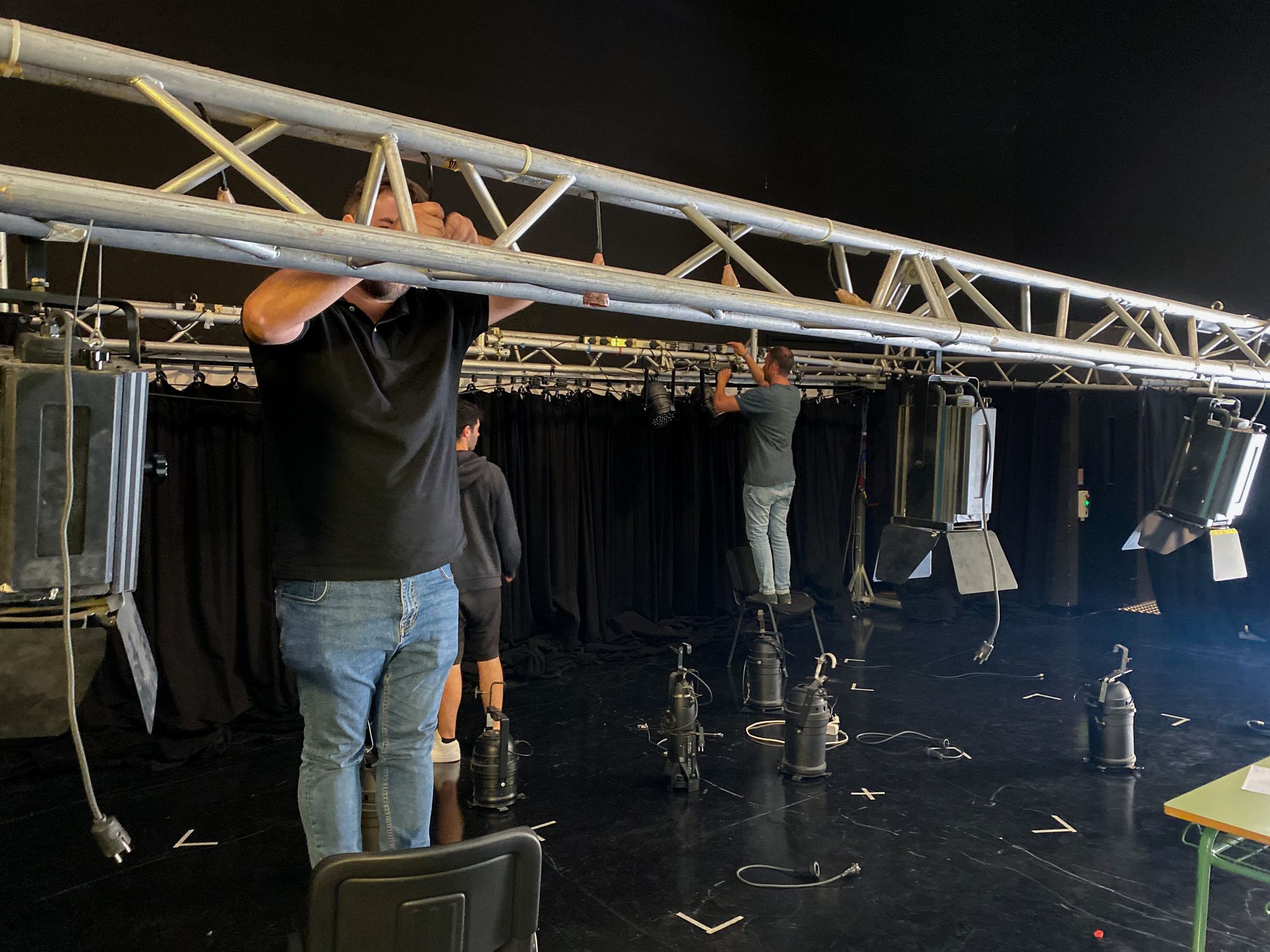
6. BRAND AMBASSADOR COSTS ARE WORTH IT
Even given the continued spike in labor costs—pretty much the last cost that hasn’t leveled of—to the delight of staffing agencies across the country, agency operations teams are unified when they say quality brand ambassadors are a cost worth paying. And given the resurgence of national event tours, local activations and specialized b-to-b events, the role of the brand ambassador at actual events is getting more sophisticated.
SCOTT KNUEPPEL, GMR MARKETING. If you want to execute a great program, you have to pay for a quality brand ambassador and that's not going down in price. I’m seeing clients are accepting the cost of great staffing as a part of the new normal.
CATHRYN CARDILLO, HORIZON SPORTS & EXPERIENCES. With general labor costs going up, of course so do [brand ambassador] rates. But this is your frontline. It's the first thing people see. You do pay for quality and I will recommend that quality every time. If it's an affordability scenario, there are options. You may have to sacrifice quality in some areas and if that's a decision that has to be made, I'll accommodate a client who wants that decision made. But I always recommend paying for quality staff.
JUSTIN HAYES, INTERSPORT. The problem with nickel and diming over $5 an hour on a brand ambassador is it often means a lesser quality brand ambassador. The best ones will take another job with another client paying the higher rate. And we tell clients it's not worth the small amount of savings to risk having lower quality interactions.
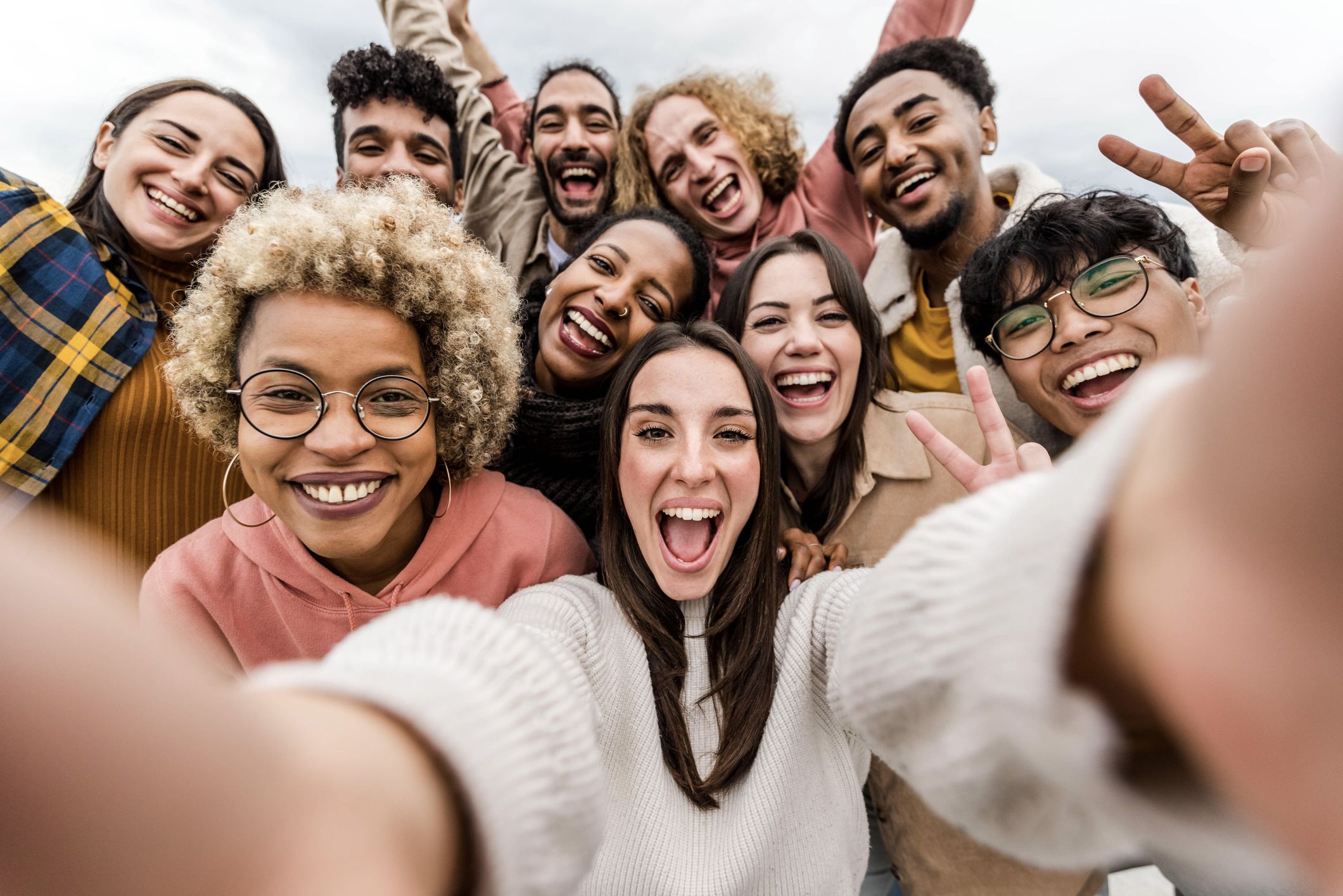
7. OPS EFFICIENCIES HELPING DRIVE EFFECTIVE EXPERIENCES
But even costs leveling off and better planning and pre-advancement isn’t enough to get some event programs produced on-time and on-budget, which is why operations teams are, as they always have, pushing harder and faster to mine additional efficiencies that give them more time on the clock and more dollars and cents to work with.
MARK DRIGGS, LEGACY MARKETING. There is a huge focus on efficiency and effectiveness—from time and cost standpoints.
JUSTIN HAYES, INTERSPORT. Definitely. We're being asked to be more careful with how we spend money, while still trying to create the same type of ROI numbers associated with [larger budgets.] Clients are getting back to leaning into ROI and asking what can we do to make things work better within a budget or what can we do differently to drive cost efficiencies—like rather than completely customizing a vehicle do we have something that's already in inventory we can re-wrap.
JUSTINE ROWLAND, ALL TERRAIN. To Justin's point about ROI, clients are asking for hard numbers and data to show that the decisions we're making are in fact the right decisions and will benefit their brand. So we're investing in technology and tracking, figuring out the best ways to track data and determine what the ROI is going to be [in advance] so that when we're talking with clients, we can show them what we're able to do and that we can do it in real time—and adjust onsite if needed.
COLIN FAUL, AGENCY EA. So for us to be able to build a better experience, we need to find savings on the backend in advance. The last few years it's been about doing more with less—finding creative ways to build bigger and better experiences that are also more efficient. So we’ve leaned into a lot of our AV partners, our fabrication partners and figured out where we can, for example, pre-build things—modular builds we can just roll into a lot of larger event spaces that are unionized.
BRYAN GLIBOWSKI, ENGAGE & RESONATE. With larger activations and more complex builds with shorter timeframes, we’re doing things like multiple setup and strike tests during training. We may run three to four mock setups and strikes with different sets of hands and with differing levels of experience so that we know, worst-case scenario, how long it's going to take to load-in—and if, for example, we have to be show ready in say three hours, we’ll actually need nine people instead of the initially anticipated six. This front-end work also helps create install efficiencies with our leads to incorporate onsite.
MATT ANDREWS, HIGHMARK OUTDOOR. Time is money, obviously. So as the partner who actually builds the structures on-site, if we can get something done in two days instead of four days we're always going to push to do just that. And we prioritize different labor levels to hold costs down by keeping the higher hourlies more focused. So if we’re setting up on a golf course, obviously we can't roll 53 footers onto the course. So we’re cross-loading onto stake beds and one guy's job may be to drive back and forth with a stake bed, unload and put it on the main structure. But we’ll assign that role internally so we keep the [required] expensive labor working on the product build.
BRYAN GLIBOWSKI, ENGAGE & RESONATE. We’re getting more efficient with our national event tours—but efficiency depends on the type of tour. If it’s a sampling focused tour for example, then efficiency comes from getting as much product into the hands of consumers as possible, and determining where that break point is with staff to achieve the best ROI based on the location foot traffic at varying times of the day, etc. If the tour is focused on raising awareness, it may not be about the samples distributed, but more about how the time onsite is utilized, such as varying programming and their associated costs to align with foot traffic to create the greatest impact as cost-efficiently as possible.
BRAD FOGLE, PRODUCE. And with that 10-hour day, four of those hours are your prime time anyway. You can accomplish 90% of engagement in that prime time, so we’re working with clients to cut hours down and move them around.
COLIN FAUL, AGENCY EA. For b-to-b events, clients are packing more into the day—efficiency comes with adding more engagement to the schedule. More learning programming, trade show programming, main stage elements. Events are definitely running longer than 9am to 5pm, and there's a lot packed into what is now 9am to 6pm, or 7pm. So we are pressing to ‘maximize’ each event. And with that comes a push to really look at how [expanding] schedules impact things like labor rates, overtime and so on.
JUSTIN HAYES, INTERSPORT. It’s also about guiding clients and saying, ‘rather than focus on reaching more and more and more people, let’s focus on talking to the right people’. So we use our insights and strategy team to help them find the events attended by the right people and then focus on activating at those events.
BRAD FOGLE, PRODUCE. And one thing that is getting big play [in our attempt to maximize efficiency] is the weather. I can't tell you how many times we are moving the crew call time up by two hours or back four hours because we are chasing activating in good weather—obviously in good weather you can get twice as much done. So with getting more efficient comes the need to be a little bit of a weather whisperer.
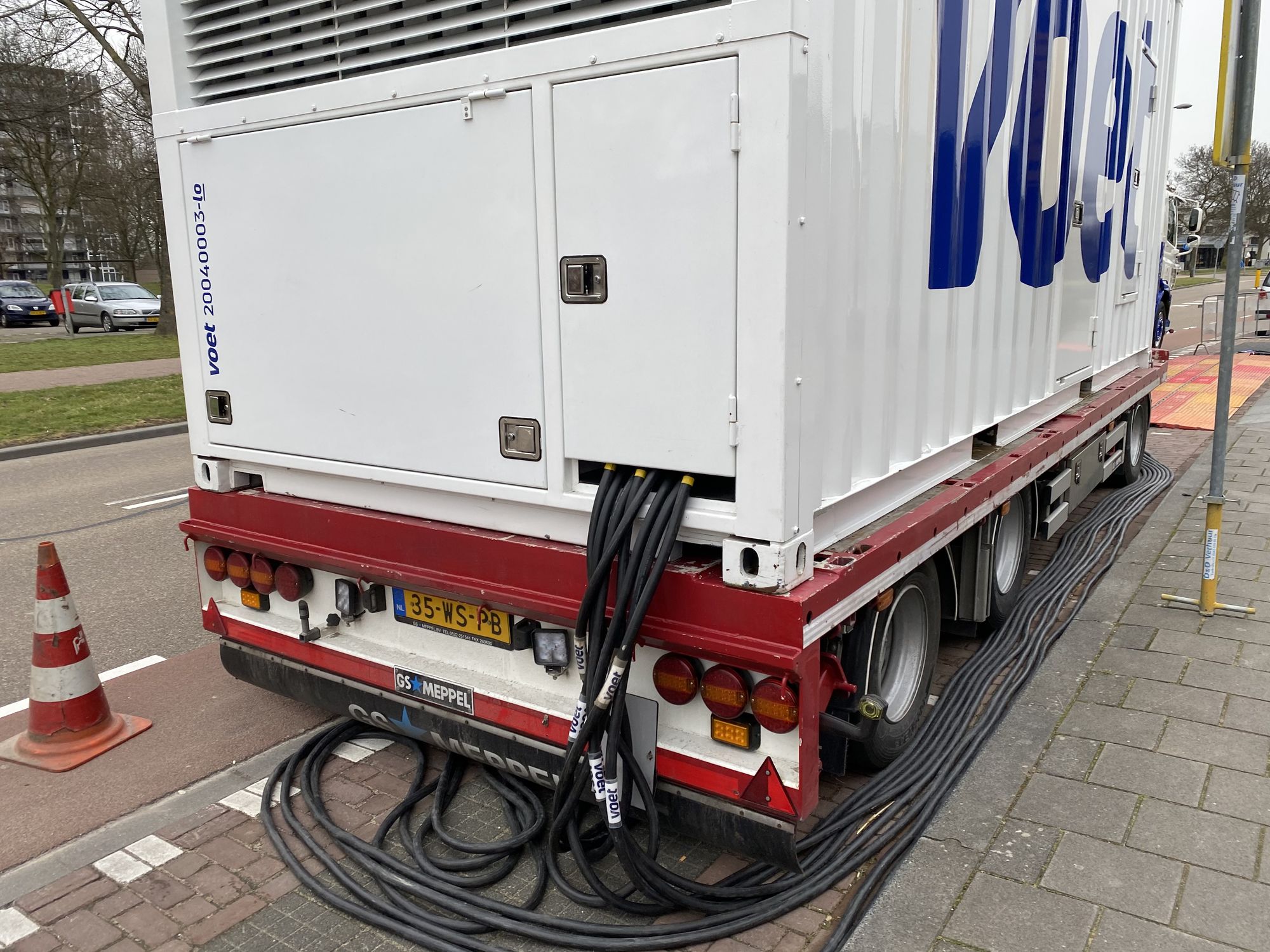
8. COVID PRECAUTIONS DOWN, SECURITY & WEATHER PRECAUTIONS UP
Containers of hand-sanitizers and boxes of masks seem to be pretty lonely these days as operations teams say they’re ready to deploy PPE if needed—but they’re really not needed. Instead, security is becoming a larger conversation as agencies help their clients make sure their brands—and the people those brands come to life in front of—are safe. And extreme weather, which keeps getting more extreme, is changing the way activations and footprints are built and set-up.
COLIN FAUL, AGENCY EA. At b-to-b events there was a huge focus on PPE and that was a big part of budgets and planning. Now? It’s available if we need it. We track spikes that are happening—but for many VIP interactions we’re doing testing beforehand just to make sure the crew or anyone that is interacting with those VIPs is safe.
JUSTIN HAYES, INTERSPORT. PPE is always available and we have masks and tests on site, but unless we are hearing about some type of spike in a region, it's not going to be something we're focused on given all the other elements we’re managing.
MARK DRIGGS, LEGACY MARKETING. When it comes to Covid materials, those elements are present. But it's a check-the-box thing. That said, there's a security component that I don't think is going away. Security at events is top of mind and clients are asking about it.
JILL GOLDFARB, ENGINE SHOP. We recently compiled emergency plans and situational plans as a template for potential scenarios. Where are the closest exits, what type of event is it? Are we part of a sponsorship of a larger festival or a golf tournament? And what emergency plans has the sponsor or host provided? Where is the closest hospital and closest police station? What's a gathering point? It's a little bit of a scary world, and all we can do is be as prepared and aware as possible. God forbid if something does happen, we are ready.
ALEX STEIN, CARTWHEEL & CO. The majority of our work is in entertainment and a lot of these brands have their own in-house security teams that we work with. If there's any talent on site, we will augment their security. Sometimes even venues have their own in-house security. So you've got three levels of security—the brand, the venue, anything that we augment.
COLIN FAUL, AGENCY EA. We’re communicating things that are prohibited from bringing into venues and making sure we try to get bags that are clear and we’ve [set up] security checkpoints that are not creating lines but are getting people through quickly. We're scanning guests and making sure that the safety of our crew, the attendees and our clients are paramount.
BRYAN GLIBOWSKI, ENGAGE & RESONATE. Monitor, monitor, monitor. A lot of it is reliant on the ops team. If X happens, what is your response time? What should our team be doing? Communication helps you in building your emergency action plan. Brad talked about weather—you have to know what every structure is graded on for worst-case-scenario wind gusts and the team needs to be monitoring that and be ready to react.
MATT ANDREWS, HIGHMARK OUTDOOR. 100 percent. Wind is becoming such a part of planning—much more than it used to be. We actually ship anemometers with all of our structures—if there is predicted 40-miles-an-hour winds, we're not sending our guys up during set up. And we're always wearing harnesses.
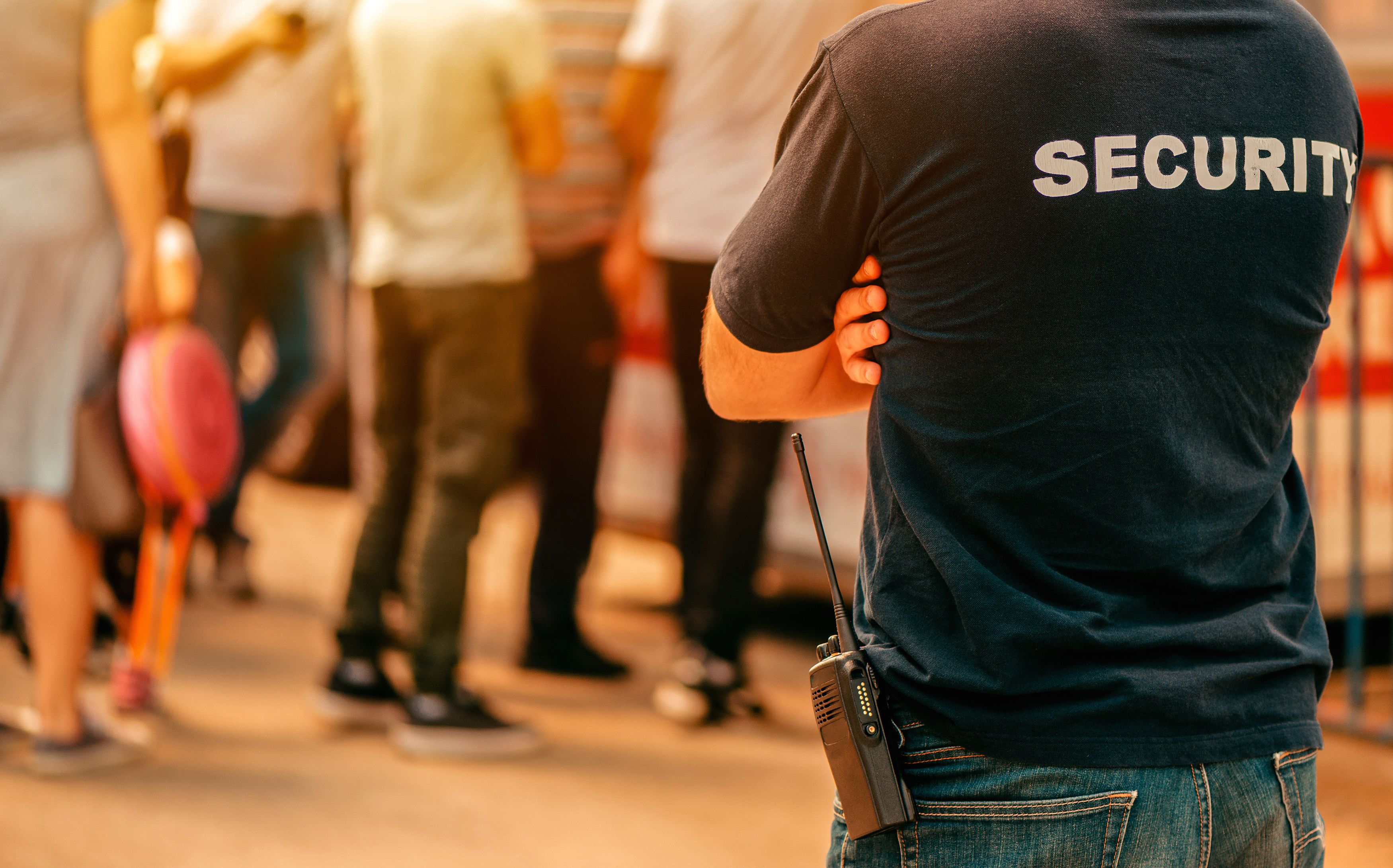
9. OPS AHEAD
As we said, operations teams that have largely operated in the darkness for decades are now becoming the industry’s new rocks stars—literally moving mountains for the world’s most iconic brands. The operations teams at agencies and the thousands of freelancers who support them have, over the years, become one of the industry’s most tight-knit communities. They call each other. They support each other. Even direct competitors share freelancers. Which is why we’ll leave you with one last quote from Engine Shop’s Goldfarb.
JILL GOLDFARB, ENGINE SHOP. I look to the future of the business. And I'm hoping agency ops teams grow. Playing this hybrid role of unofficially also being an account person and also a creative and trying to support all of the many roles that touch a brand experience… it takes a special talent to take that on. (Editor’s note: Amen. -DH)
[Want your agency’s head of operations to join our fall Ops Leaders roundtables? Email emroundtables@accessintel.com.]
Coproduced with:
